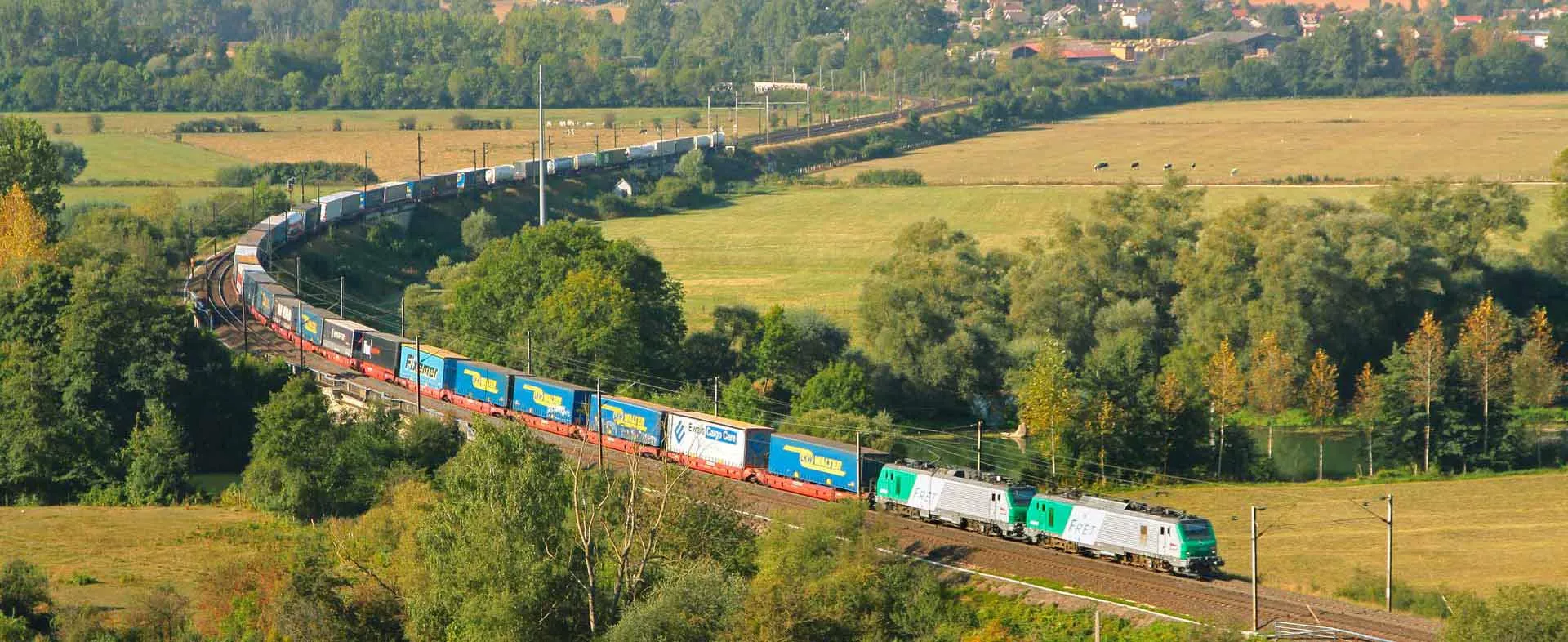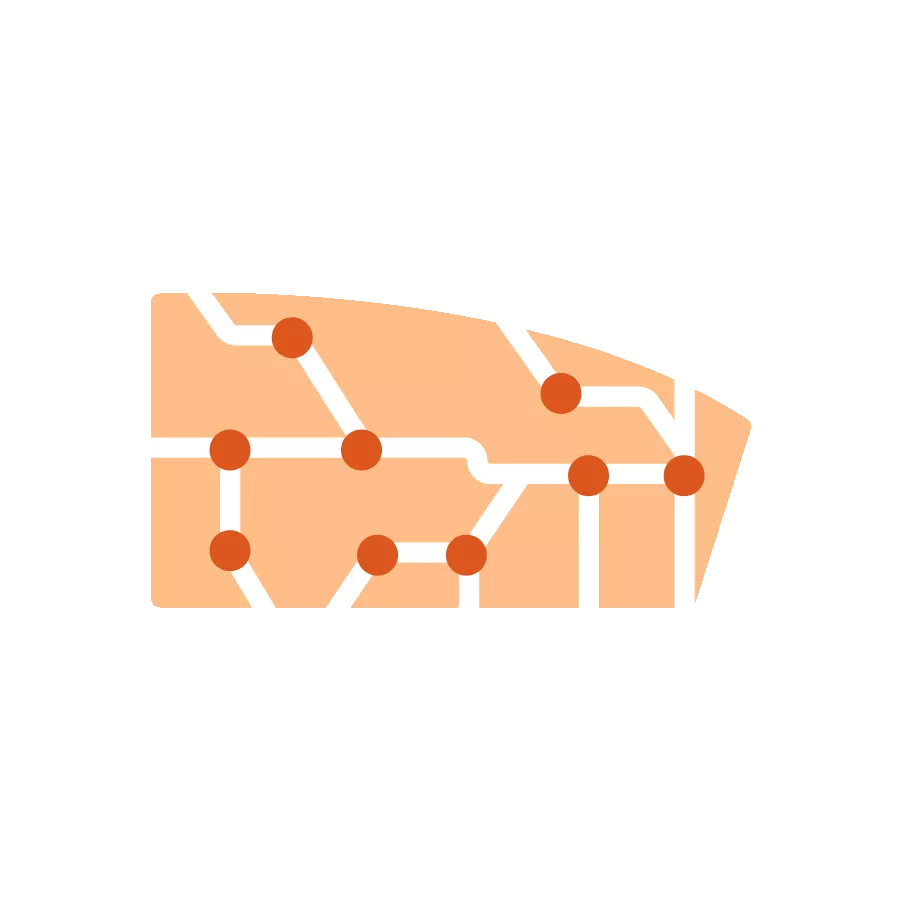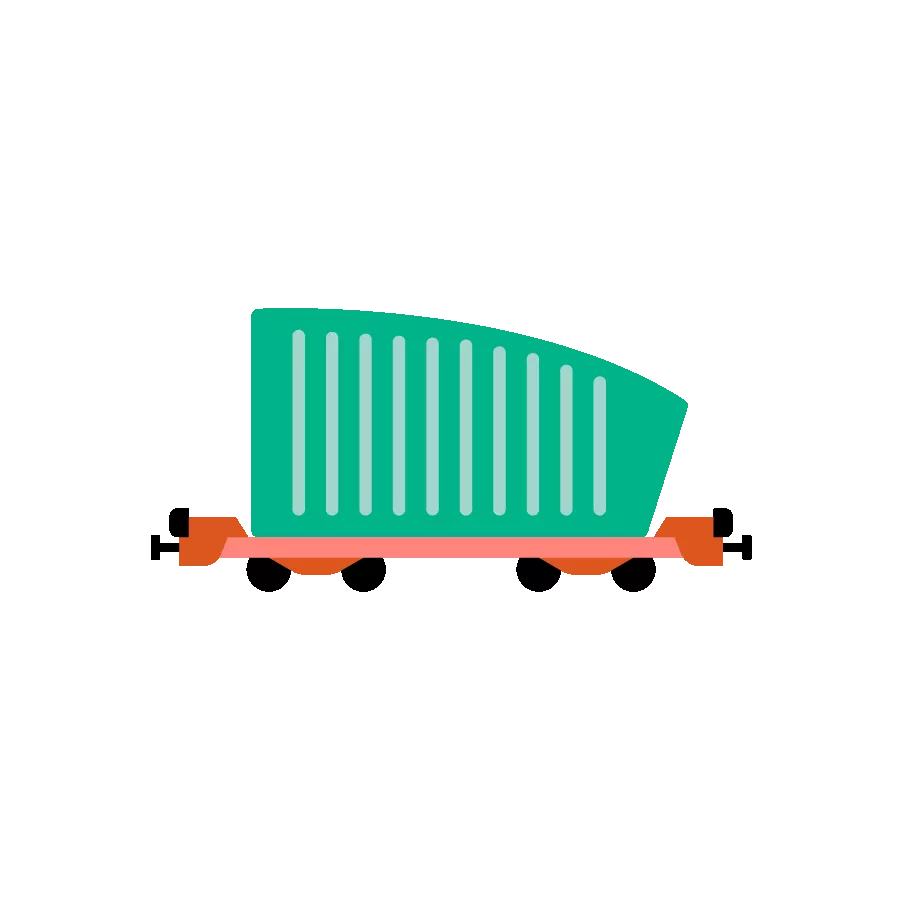
Reinventing freight with rail motorways
VIIA CEO Charles Puech d’Alissac tells us why eco-friendly rail motorways are increasingly important for transporting goods, and how they’re reshaping European rail freight.
New transport option combines road and rail
VIIA is an SNCF Group company that operates rail motorways—a new road-rail transport option that easily carries semi-trailers by train and reduces road congestion. There’s a strong business case for this service, and it aligns perfectly with the EU’s pledge to cut CO2 emissions and achieve carbon neutrality by 2050. VIIA already operates 6 lines and is preparing to launch new ones over the next few years.

6
rail motorway lines in Europe

94%
less CO2 than road transport

23 million
tonnes of goods carried since 2003
Q: How do rail motorways offer an alternative to all-road transport for long-distance freight?
A: For road hauliers, we offer a flexible road-rail service with real economic advantages. Until now, they couldn’t ship freight by combined road-rail transport without making an upfront investment in swap bodies or cranable trailers, and they were unwilling to do that because of the cost. The whole purpose of the rail motorway concept is to overcome this reluctance. We give road hauliers an incentive to choose rail—without more investments.
Q: How so?
A: First, we offer an innovative solution because our rail motorways can carry standard semi-trailers, which account for 90% of Europe’s road fleet. We load them horizontally to avoid damaging them.
Q: Is that the only innovation?
A: No. Our terminals are open 24/7 so that hauliers don’t have to reorganize their schedules for loading and unloading their customers’ goods. We offer 2, 3 or 4 daily departures, so if one option doesn’t work, they can choose another. That gives them flexibility.
Q: What’s the fundamental difference between rail motorways and road freight?
A: Above all, we have a different philosophy and different way of approaching the market. This isn’t a battle between road and rail—on the contrary. We’re trying to build a shared service that combines the accessibility and responsiveness of road with the very high volumes that long-distance rail can deliver.
Q: But your motorways can’t cover every possible route.
A: True. Because our trains have to operate on a timetable, they’re scaled for very large volumes of freight. We’re betting that once road hauliers see the advantages of rail—without the upfront costs—they’ll naturally gravitate towards logistics that are greener than end-to-end road transport.
Q: How do you work with the other companies in SNCF Group?
A: To set up and run our business, we need wagons, terminals and rail traction. We get these primarily from Fret SNCF, but we also work with Mercitalia Rail1 in Italy and Renfe2 in Spain.
Q: What about rail infrastructure?
A: Our partnership with SNCF Réseau is obviously very important. And we actually use the network more like a passenger: we run shuttles on our rail motorways at regular intervals3, which makes us different from rail freight. We need train paths that are spread throughout each week and each day, and that can get complicated if there are works on the line. Our trains have to run for long distances every day, at all hours.
Q: What are your plans for growth?
A: I’m convinced—and the Covid pandemic strengthened this belief—that rail motorways have more growth potential than conventional rail freight service. Of course, we want to position ourselves for the projects the French government has announced for the Sète–Calais and Barcelona–Perpignan–Rungis lines, and we’re also looking at partnerships between Cherbourg and Mouguerre.
Q: What gives your service more potential?
A: In the next few years, combined transport will be a powerful solution for the environmental challenges we face. We want to shift a large volume of freight from road to rail, but we want to work with road hauliers, not against them. Until just 2 years ago, our customers didn’t seem to care about the environmental performance we offer, but now this selling point is gaining ground with shippers—our customers’ customers. Of course, price is still the deciding factor, but concern for the environment has clearly increased.
Q: How do rail motorways and road transport compare for CO₂ emissions?
A: In general, combined transport is thought to save 85% of CO2 compared with road, but we think it’s simpler to say that we’re aiming for zero CO2 impact. To reach carbon neutrality, we’ve rolled out an ambitious plan to decarbonize our operations as completely as possible. Since 2021 we’ve been carbon-neutral thanks to offsets, but our real long-term goal is to get our carbon emissions as close to zero as possible without using offsets.
Q: How will you do that?
A: We’ve developed a wide-ranging plan of action. For example, VIAA and Fret SNCF are planning to buy electricity that’s even more decarbonized, and we’re trying to use electricity whenever possible. We’ve begun using electric tractors to handle freight at our terminals, we’re rethinking our platform lighting, and we’re using electric vehicles at our facilities. Today, around 30% of our company cars are electric. That’s how we’re gradually eliminating all sources of CO2 emissions. It’s a long-term project, and until it’s complete, we’ll use offsets. That’s how we can say that we’ve been carbon-neutral since 2021.